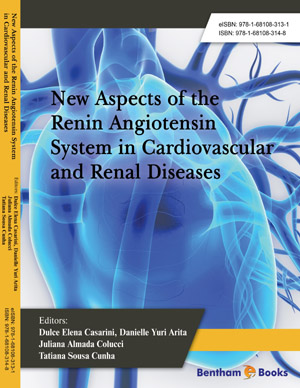Abstract
Tonin, a serinoproteinase, is capable of releasing angiotensin II by the hydrolysis of Phe8-His9 bond in the angiotensinogen, angiotensin I and synthetic peptides corresponding to the N-terminal portion of angiotensinogen. Tonin is able to hydrolyze beta-lipotropic hormone releasing an opiate-like segment. It is capable of degrading adrenocorticotropic hormone, substance P but not bradykinin. Hydrolysis of Phe.His bond depends on a minimum sequence involving residues Ile.His.Pro.Phe.His.Leu. Tonin activity is present in human and rat tissues. In the rat, tonin is present in various tissues including kidney, brain and heart, and the activity levels vary according to age and sex being higher in males. Tonin is released into bloodstream and saliva after beta-adrenergic stimulation. There is evidence that tonin is involved in blood pressure control and participates in the hydromineral balance. Intracerebroventricular injection of tonin induces salt appetite and water intake and increases urinary volume and blood pressure. TGM(rTon), a transgenic mouse that expresses rat tonin, presents increased blood pressure. The levels of angiotensin II in the plasma are increased in TGM(rTon) and the AT1 receptors desensitized when compared to the wild type. A significant increase in the plasmatic and a decrease in urinary sodium were observed in TGM(rTon), suggesting alterations in the renal function. Induction of cardiac hypertrophy by isoproterenol injection in rats showed that tonin may be involved in this process. TGM(rTon) presents resistance to develop isoproterenol-induced hypertrophy. The molecular basis for the hypertrophy resistance is to be determined. These results lead us to conclude that tonin, an angiotensin II liberating enzyme may represent an alternative pathway with effects on the renal and cardiovascular systems.
Keywords: Angiotensin I, Angiotensin II, Angiotensinogen, Antinociceptive effect, Blood pressure, Converting enzyme, Heart, Hypertension, Hypertrophy resistance, Isoproterenol, Renin, Serine proteinase, Tonin, Transgenic mouse, Water intake.






















